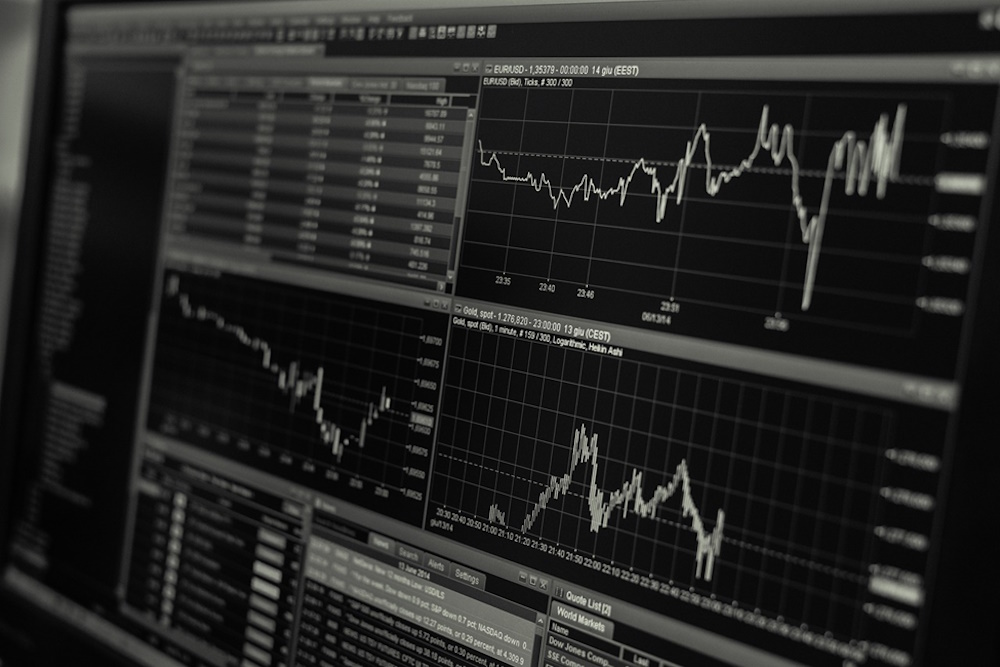
Stock futures crept higher late Wednesday after President Donald Trump signed a short-term bill to reopen the federal government. It was a small step, but a meaningful one. The Dow Jones Industrial Average rose about 0.2% in futures trading, with the S&P 500 up a bit less and the Nasdaq 100 also moving higher. Investors seemed more relieved than enthusiastic. After weeks of policy gridlock, just getting a funding deal through Congress was enough to calm nerves for the moment.
The legislation cleared both the House and Senate earlier in the week, sending thousands of federal employees back to work. The closure, which started on October 1, had dragged on longer than any in U.S. history. Paychecks had stopped. Food programs were stalled. Air travel faced delays. Many economists say the disruption likely trimmed some near-term growth, though most of that should recover now that agencies are open again. Democrats gave their approval to the plan after winning a commitment to hold a later vote on extending ObamaCare subsidies due to expire this winter.
Consumer spending has been one of the brighter spots in the economy. With federal workers finally paid again, there’s hope that spending will rebound quickly in the coming weeks. Some online businesses are already seeing a lift. Among them are digital gaming platforms that promote exclusive casino offers for returning users. The promotions vary, as some offer matched deposits and others free credits, but they’re showing higher engagement. Analysts view that as a sign of confidence creeping back into discretionary spending after a long period of belt-tightening.
Cisco Systems delivered another piece of good news. The company’s latest quarterly earnings came in ahead of Wall Street estimates, driven by demand for networking systems tied to artificial intelligence projects. Revenue and profit both topped forecasts, and management issued upbeat guidance for the next quarter. Cisco shares rose more than 3 percent during the regular session, closing at $73.96. Traders said the stock regained an important technical level, while the results eased some of the concerns about slower enterprise tech spending that had been building across the market.
The main indexes told a mixed story. The Dow climbed 0.65 percent to another record high, supported by UnitedHealth, Goldman Sachs, and Cisco. The S&P 500 inched up, while the Nasdaq composite slipped 0.3%. The Russell 2000 small-cap index also lost ground, ending near its session low but still holding above its 50-day average. Even with uneven trading, the broader market remains close to its highs, which some see as a sign of quiet strength. Others say investors are just waiting for the next clear reason to buy.
Financial stocks were back in favor. Goldman Sachs gained 3.5 percent to $838.97, pushing through resistance. JPMorgan Chase advanced 1.5 percent to $320.41 after clearing a key chart level. Citigroup rose 2.1 percent, Morgan Stanley added 2 percent, and Charles Schwab climbed nearly 1.7 percent. Analysts said the move into bank shares suggests a rotation toward steady cash generators after a stretch dominated by tech names. Traders also pointed to solid balance sheets and steady loan demand as reasons investors are parking money there. For many, financials still look safer than speculative growth stocks in the near term.
Energy markets told a different story. U.S. crude oil dropped 4.2 percent to $58.49 a barrel. The decline was sharp, tied to higher inventories and lower demand expectations abroad. Bond yields eased as well. The 10-year Treasury slipped to 4.07 percent, reflecting a mild flight to safety. The Energy Select SPDR ETF fell about 1.4 percent, while the Financial Select SPDR ETF gained just under 1 percent. Health care and industrial shares helped offset energy losses, keeping the overall market slightly positive. It wasn’t an exciting day, but it was steady, and right now, that’s what most traders prefer.
Technology funds were mixed. Being weighed down by Oracle and Palantir, the iShares Expanded Tech-Software ETF saw a drop of 1.1 percent. At the same time, we saw VanEck Semiconductor ETF rise by 1.3 percent. Analysts believe this was due to strength in Advanced Micro Devices, as a result of upbeat guidance being tied to AI chips. Still, ARK Genomics, ARK Innovation, and other tech-heavy funds ended lower. In an attempt to find some sort of balance after some choppy sessions, investors are moving between value and high-growth sectors. One trader described the tone as “cautiously optimistic, but not carefree.”
The reopening of the government has taken one major source of anxiety off the table. Markets were jittery over the risk of extended disruption, and with that gone, attention has turned back to the Federal Reserve. Inflation data and policy comments in the coming weeks could determine whether this tentative calm lasts. Some analysts think the Fed might hold rates steady if prices keep easing. That scenario would likely help equities finish the year on firmer footing. For now, investors seem content to watch and wait.
Leadership within the market has shifted in subtle ways. Banks and health care stocks are drawing more money. Gold is steady, holding its place as a hedge, while interest in smaller biotech firms has picked up again. Portfolio managers describe this as a healthy kind of rotation. Not an exit from risk, but a repositioning. “No one wants to miss the next move,” a New York trader said. “But no one wants to be the one holding the bag either.”
With the government now funded and big names posting solid results, the picture looks more balanced. Volatility hasn’t disappeared, but sentiment has improved. If earnings stay firm and Washington avoids another impasse, this week’s gains could mark the start of a steadier run heading into the next quarter.
